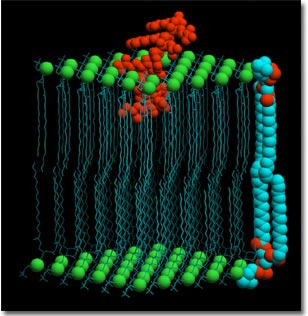NESAC/BIO collaborates with various other groups to expand the research capabilities of NESAC/BIO and the collaborators. The collaborative projects allow NESAC/BIO to apply techniques and standards developed in the core projects to more complex problems, which in turn opens up new areas that require core investigation. While conversely, NESAC/BIO contributes state of the art surface analysis techniques and knowledge to enhance the research of our collaborators. The NESAC/BIO Director, Dave Castner, determines which projects have the right combination of elements to be allowed as a collaborative project.
To be considered "collaborative" a project must:
-Address important problems in biology or medicine
-Result in expansion of NESAC/BIO research areas
-Demonstrate the utility of NESAC/BIO's surface analysis techniques in biomedical research
-Challenge the surface analysis methods developed in the 'Core' projects
(Please see "Publications" link for more information on these collaborative projects)
-Biomimetic Peptide-Interpenetrating Polymer Networks for Increasing Bone-Material Interfacial Bond Strengths
Kevin Healy (University of California, Berkeley)
-Development of Engineered Biomaterials
Buddy Ratner (University of Washington)
-DNA Microarrays
David Grainger (University of Utah)
-Measurement of Ion Distributions in Yeast Cells by ToF-SIMS
Trisha N. Davis (University of Washington)
-Surface Characteristics of Extracellular Matrix Scaffolds
Steve. F. Badylak (University of Pittsburgh)
-Surface Characterization of Planar Supported Lipid Bilayers
Scott Saavedra (University of Arizona)
-Functionalization of PET Surfaces for Implanted Biomaterials
Veronique Migonney (Université de Paris Nord)


